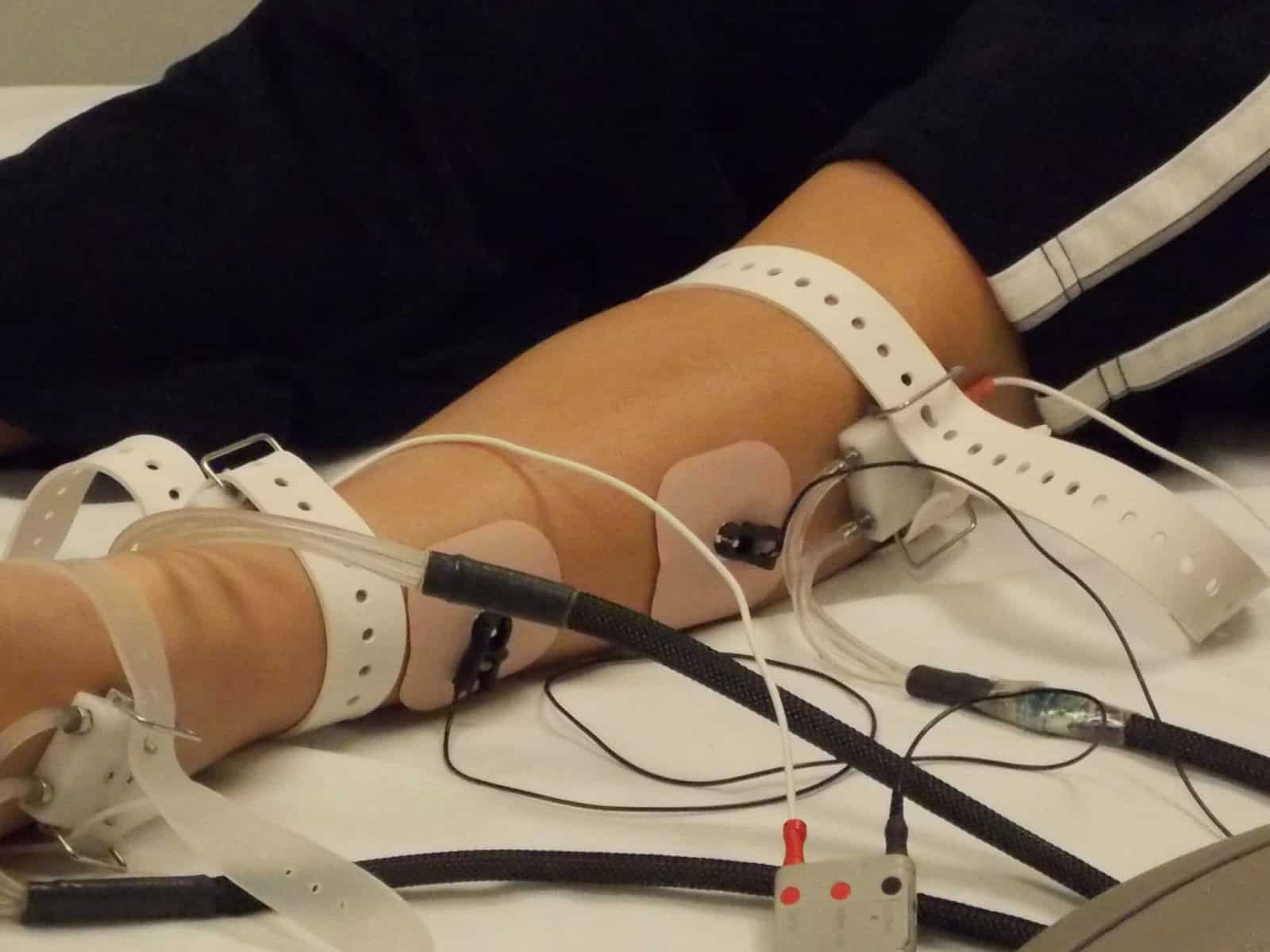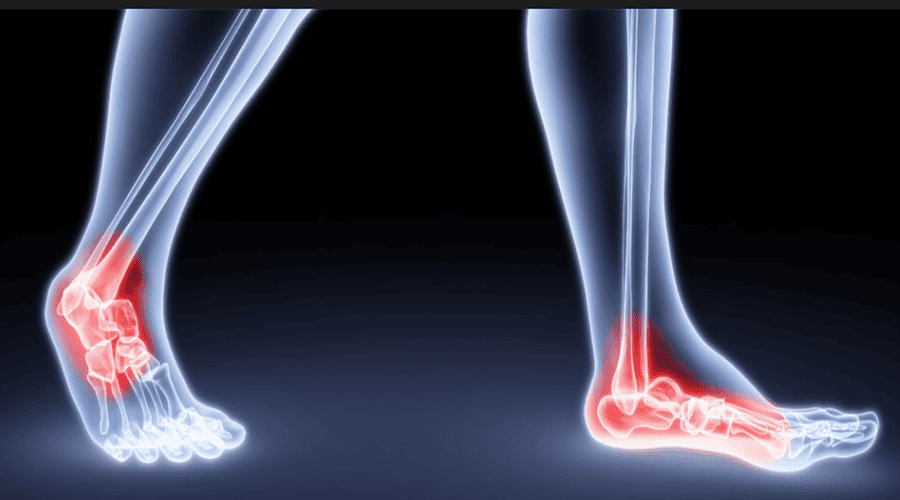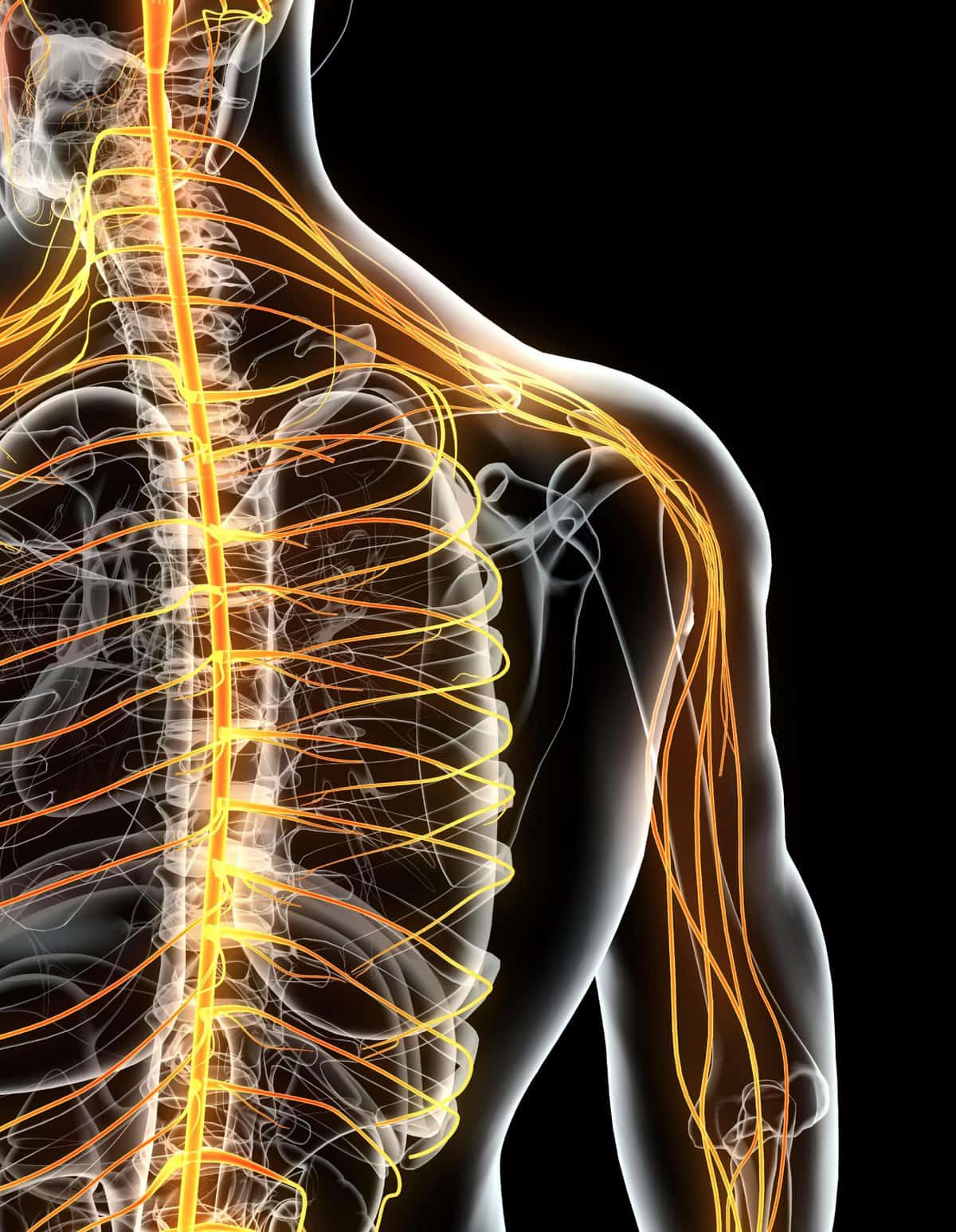
What Health Professional Works in the Medical Laboratory Service Area?
The medical laboratory service area is where dedicated professionals work tirelessly to provide accurate and timely diagnostic results. These unsung heroes play a vital role in healthcare. Let’s explore their







